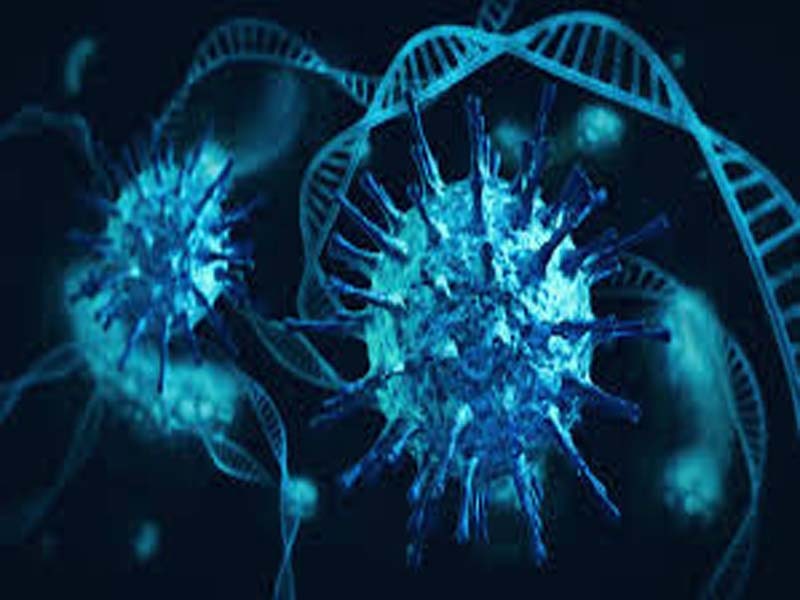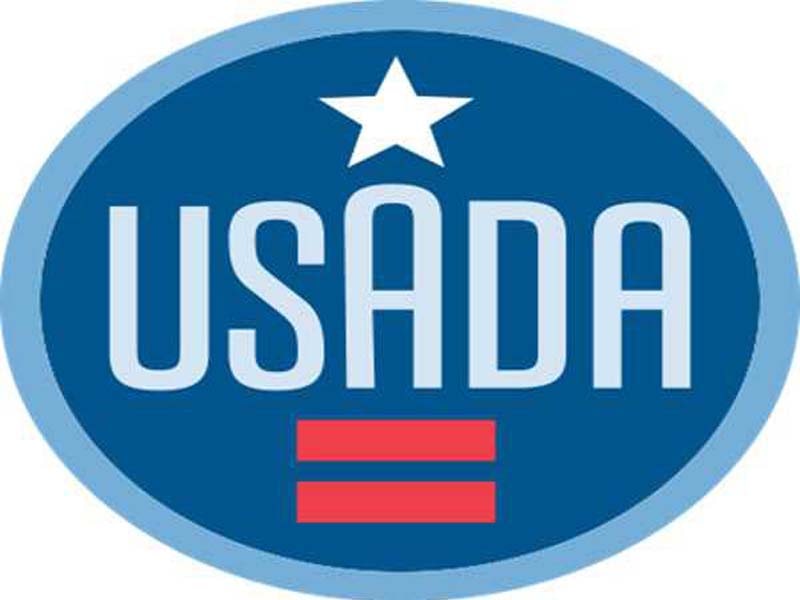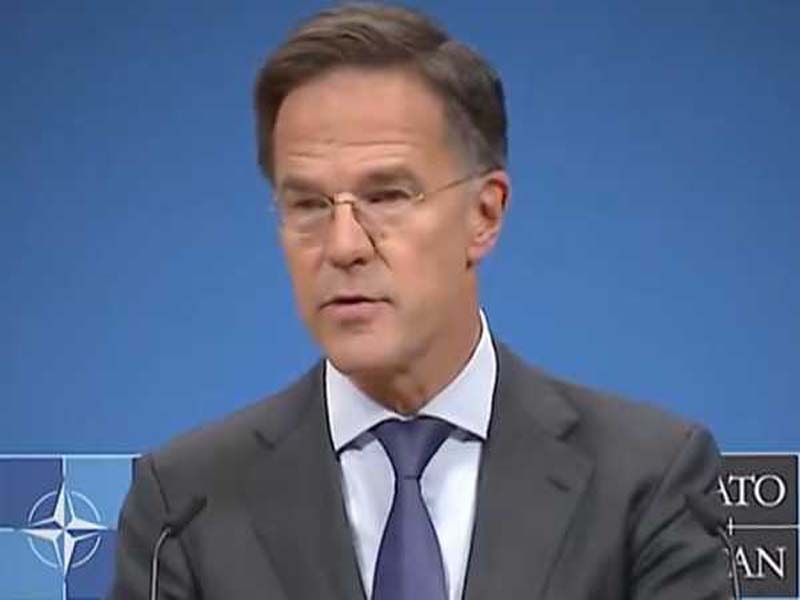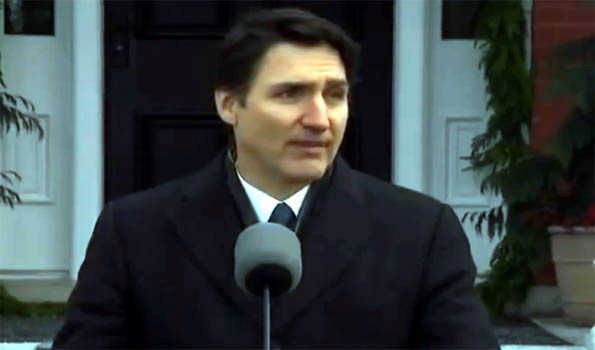Production capacity beats efficacy in Global COVID-19 Vaccine race
Moscow, Mar 9 (Sputnik) : As developing countries around the world struggle to secure COVID-19 vaccine supplies, higher production capacity appeared to have allowed vaccines developed by Chinese pharmaceutical companies to obtain a larger market share despite having lower efficacy compared to vaccines offered by Russia.
Facing enormous domestic political pressure to end the pandemic through mass vaccination campaigns, governments in rich developed countries in Europe and North America prioritized securing COVID-19 vaccine supplies for domestic use. A number of European countries went as far as introducing export bans on COVID-19 vaccines produced by Western pharmaceutical companies such as Pfizer, Moderna and AstraZeneca.
The World Health Organization (WHO) has decried such selfish behavior of Western governments and warned that limited access to COVID-19 vaccines by developing countries would prolong the global pandemic, which could only end when the majority of the world’s population have been vaccinated.
Unable to secure COVID-19 vaccine supplies from Western pharmaceutical companies, a large number of developing countries in Africa, Asia and South America turned to vaccines offered by China and Russia.
While Russia’s Sputnik V vaccine was the first registered COVID-19 vaccine in the world and carried a high efficacy of 91.6 percent, the limited production capacity of the Russian vaccine forced many developing countries to place orders for the less effective vaccines produced by Chinese pharmaceutical companies.
DIFFERENCE IN FULFILLING ORDERS
After the Health Ministry registered Sputnik V in Russia on August 11 last year, Russian producers of the vaccine quickly inked a number of massive supply deals with Mexico, Brazil, Uzbekistan, Nepal and Egypt in last September.
While Sputnik V’s deal with Brazil promised a supply of up to 50 million doses, agreements with Mexico, Uzbekistan, Nepal and Egypt all pledged supplies above 25 million doses.
Sputnik V also signed deals with Argentina and Bolivia last December with projected supply of 10 million doses and 2.6 million doses, respectively.
However, by late February, Argentina has only received 1.22 million doses of the Sputnik V vaccine from Russia’s Gamaleya Institute, the developer and producer of the Russian vaccine. The number of doses Argentina received fell short of the five million doses the country was expected to receive from Russia by the end of January.
At the same time, one week after signing a deal with Chinese pharmaceutical firm Sinopharm, Argentina received 904,000 doses on February 25, with another 96,000 doses arriving on February 28 to complete the deal for one million doses.
The efficacy of Sinopharm’s COVID-19 vaccine is 79.34 percent, which is lower than that of Sputnik V.
After receiving the first batch of 20,000 doses of Sputnik V on January 28, Bolivia has not reported additional shipment of the Russian vaccine.
However, after signing a vaccine supply deal with Sinopharm on February 11, Bolivia received all the pledged 400,000 doses on February 24, with another 100,000 doses donated by China.
Competition in the COVID-19 vaccine market in Africa and Europe painted a similar picture.
After the initial ambitious agreement with a pharmaceutical company in Egypt to offer 25 million doses of Sputnik V to the country was announced in last September, Egyptian Drug Authority said on February 24 that the country planned to buy 10 million doses of the Russian vaccine in the first stage.(UNI)







